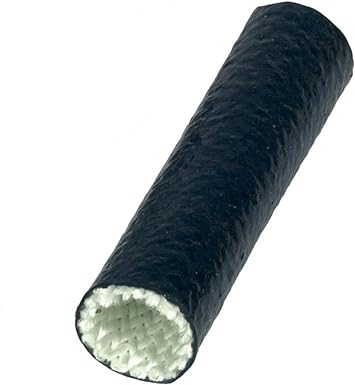My XJ has been on the back burner for a while now and just recently got to getting it back to trail ready status. One thing that has continued to plague it is the infamous heat soak issue(or at least I think that is what it is).
I live near Vancouver and on hot days(anywhere from 28c-36c) it simply will not start back up when hot. If I drive 20 minutes, it gets to temp and I turn the engine off(or even accidentally stall) it will not start even seconds after the engine stopped. I have to wait about a half hour until it cools down, then it will start. It otherwise runs great.
So far I have put new 4 hole bosch injectors in, put a new intake heatshield on, wrapped injectors, installed hood vents, replaced coil pack with a viper coil pack and new wires. I thought the hood vents would do the trick but apparently not.
One thing I did do, though not to try and fix the heatsoak issue, was try a cheapie ebay stainless header a while back. Of course the flange warped on me and it will no longer seal properly so I took it off(my ebay parts buying lesson), but one thing I do remember now is that I never experienced any heatsoak issues when it was on. Once I put the cast iron OEM manifolds back on the heatsoak returned. So I am wondering if the cast iron makes that much of a difference in underhood temps here. If I am thinking right I was considering getting a quality aftermarket header and just wanted to see if that makes sense. I can afford it, and at some point I plan to stroke this motor so it is not exactly wasted. I was looking at the banks torque tube header or possibly the pacesetter ceramic armor coated. Any input is appreciated.
I live near Vancouver and on hot days(anywhere from 28c-36c) it simply will not start back up when hot. If I drive 20 minutes, it gets to temp and I turn the engine off(or even accidentally stall) it will not start even seconds after the engine stopped. I have to wait about a half hour until it cools down, then it will start. It otherwise runs great.
So far I have put new 4 hole bosch injectors in, put a new intake heatshield on, wrapped injectors, installed hood vents, replaced coil pack with a viper coil pack and new wires. I thought the hood vents would do the trick but apparently not.
One thing I did do, though not to try and fix the heatsoak issue, was try a cheapie ebay stainless header a while back. Of course the flange warped on me and it will no longer seal properly so I took it off(my ebay parts buying lesson), but one thing I do remember now is that I never experienced any heatsoak issues when it was on. Once I put the cast iron OEM manifolds back on the heatsoak returned. So I am wondering if the cast iron makes that much of a difference in underhood temps here. If I am thinking right I was considering getting a quality aftermarket header and just wanted to see if that makes sense. I can afford it, and at some point I plan to stroke this motor so it is not exactly wasted. I was looking at the banks torque tube header or possibly the pacesetter ceramic armor coated. Any input is appreciated.

